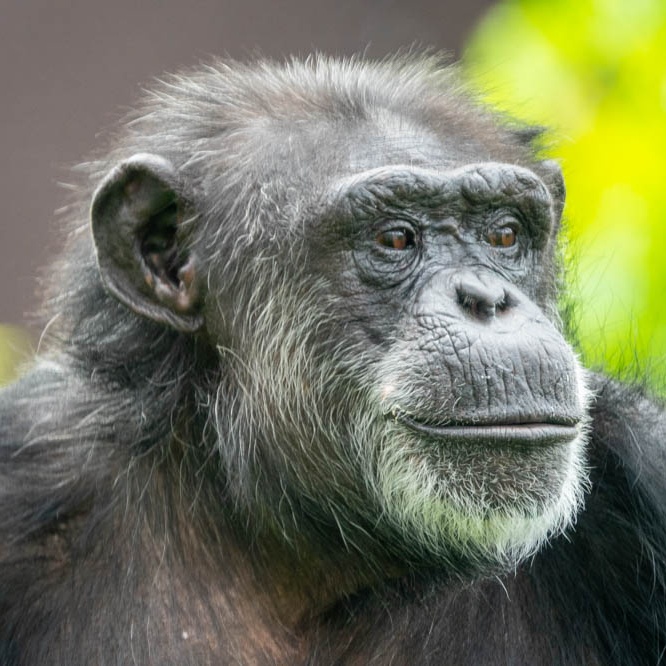The biggest impact is only hinted by the text: it is not ealát disappearing or dálkkádatrievdan becoming a common topic, but forcing a sudden change in lifestyle that threatens the very existence of their linguistic communities.
Once the reindeer and salmon are gone, what exactly are they eating? It’s yet another encouragement for the younger gens to migrate to larger cities. But people in those cities aren’t other Sami speakers, they speak [Norwegian|Swedish|Finnish|Russian].
Eventually you simply ditch the language, or stop teaching it to your kids. Or the kids never use the language - because they don’t see themselves as “Sami” any more, but as people of that city, or even “national citizens”.
Then for those who are left behind there’s an ageing population. It’s possible that the governments leave it alone; it’ll wither away, like Sirenik in the other side of the Arctic.
If the country governments tackle it, they’ll do it for military and/or economical matters, by encouraging new people to migrate to the region. The settlers won’t be Sami, nor speak North Sami; and if any inter-marriage happens between natives and settlers, the kids will likely speak the settlers’ language. Similarities between this and the Amerindian languages is not a coincidence BTW.
It gets worse. So far I’ve been speaking about North Sami, but check the grey box - odds are that the text talks about it because the other Sami varieties are simply too small to gather enough data from them to reach any meaningful conclusion about word usage patterns. Ter (in Russia) has two; Ume (in Sweden, formerly also Norway) has twenty; Akkala, Kemi, Kainuu are gone.



